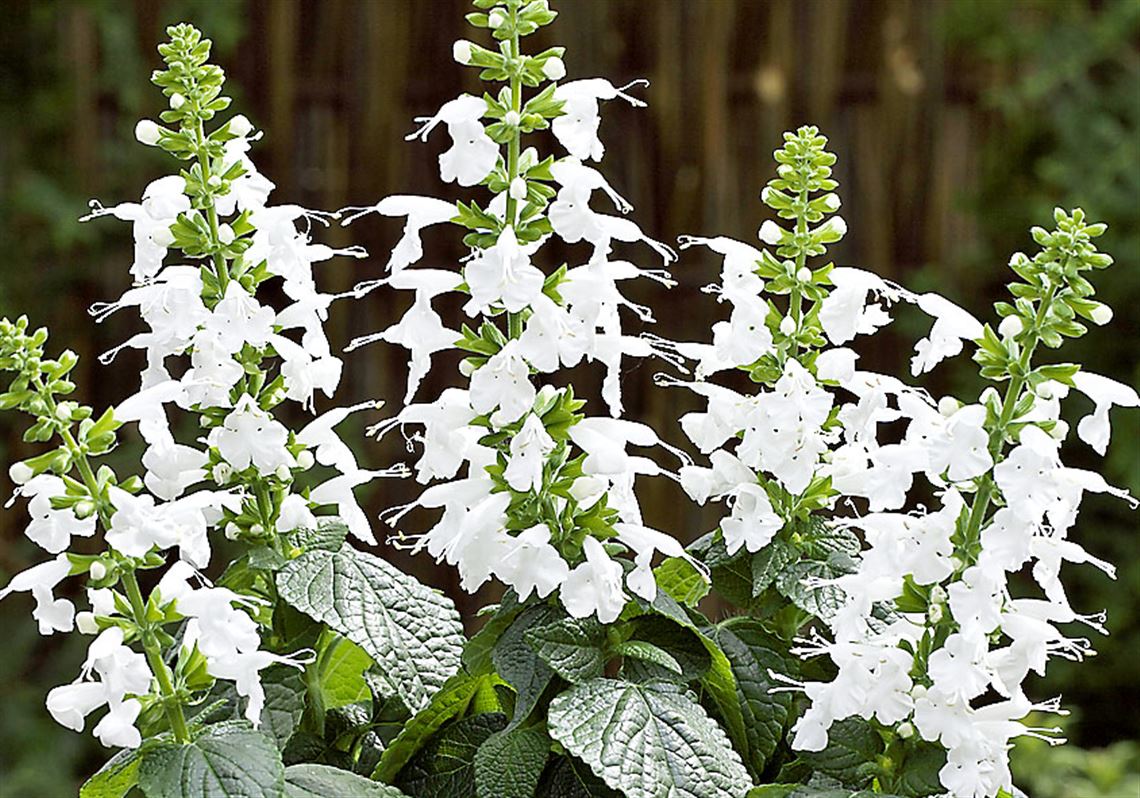Gardeners are drooling over the seed catalogs that have been arriving in the mail since late December. Colorful photos of flowers and vegetables are designed to get us to buy and grow them, but many of these plants will not survive our harsh winters or hot, humid summers.
Enter All-America Selections (all-americaselections.org). If you look closely at catalogs, you’ll see a little AAS logo next to certain plants indicating it is an AAS winner. That symbol means that plant will grow in our area and thrive.
In 1932, W. Ray Hastings, president of the Southern Seedsmen’s Association, proposed the idea of All-America Selections as a way for home gardeners to learn about new varieties that were truly improved. He asked seed companies to set up trial grounds, cooperatively test new varieties and develop marketing efforts for new vegetables and flowers. He wanted a national network of trial gardens in each of the hardiness zones in North America where impartial judges would assess how the new plants performed in their areas.
The first AAS Winners were announced in 1933 and lists have been published every year since. AAS Awards recognize a flower or vegetable that is superior to other like varieties on the market. Winners are chosen in four categories — flower, bedding plant, vegetable and cool season bedding plant. An AAS Gold Medal Award is given only once or twice a decade and is reserved for a breeding breakthrough.
The organization does not advertise its awards. Instead, it announces AAS winners three times a year — in November, January and July — to gardening magazines, newspapers, other media and extension personnel.
There are 83 AAS trial gardens across the United States and Canada where plants are grown by professional greenhouse growers and horticulturists. Pennsylvania has four gardens, but the only one in western Pennsylvania is in Allegheny County’s South Park. Since 2014, I have trialed flowers from seed for All America Selections.
The flowers are planted in blocks with tags that indicate the trial plant and the comparison plants next to it. Over the growing season, they are watered, weeded and fertilized the same as any other plant. At the end of the peak growing season, they are evaluated on score sheets, which are returned to All-America Selections for processing and evaluation.
Plants that become national winners are showcased in an All-America Selections display garden at Schenley Plaza in Oakland, under the auspices of the Pittsburgh Parks Conservancy. Visitors can examine the plants up close and take pictures. A trial garden for vegetables may be added here in the future.
Some of the qualities that judges look for are deer resistance and how well these plants perform as cut flowers or in containers. Some plants are determined to be better suited to certain regions and become regional winners. If a plant does well all over the country, it becomes a national winner and is promoted the next year in seed catalogs and the media.
Two national winners that did particularly well here are:
‘Jolt Pink’ F1 dianthus has clusters of flowers that are almost like mini bouquets. Unlike some dianthus that melt in the summer heat or need constant deadheading, ‘Jolt Pink’ was cut back once and provided lush color all summer long.
‘Summer Jewel White’ salvia also provided season-long color with the added bonus of being a pollinator favorite.
There were also two big disappointments:
A California poppy (Eschscholzia californica) that simply wasn’t happy in our humidity, heavy clay soils and not always sunny skies. It struggled all summer until the fall, when it showed signs of life but still wasn’t very vigorous.
A campanula that literally took two months just to germinate from seed. The plants were very tiny when transplanted the second week of June and a torrential overnight downpour completely washed them away. We couldn’t find any trace of the seedlings! I joked that the campanula was washed all the way down to Atlanta, where All America Selections started 84 years ago.
Denise Schreiber will write occasionally on AAS Winners that performed well here. She is a professional horticulturist and Mrs. Know It All on "The Organic Gardeners" radio show on KDKA-AM. She is also author of “Eat Your Roses: Pansies, Lavender and 49 Other Delicious Flowers.” Contact: edibleflowers1@aol.com.
First Published: February 26, 2016, 3:08 p.m.

